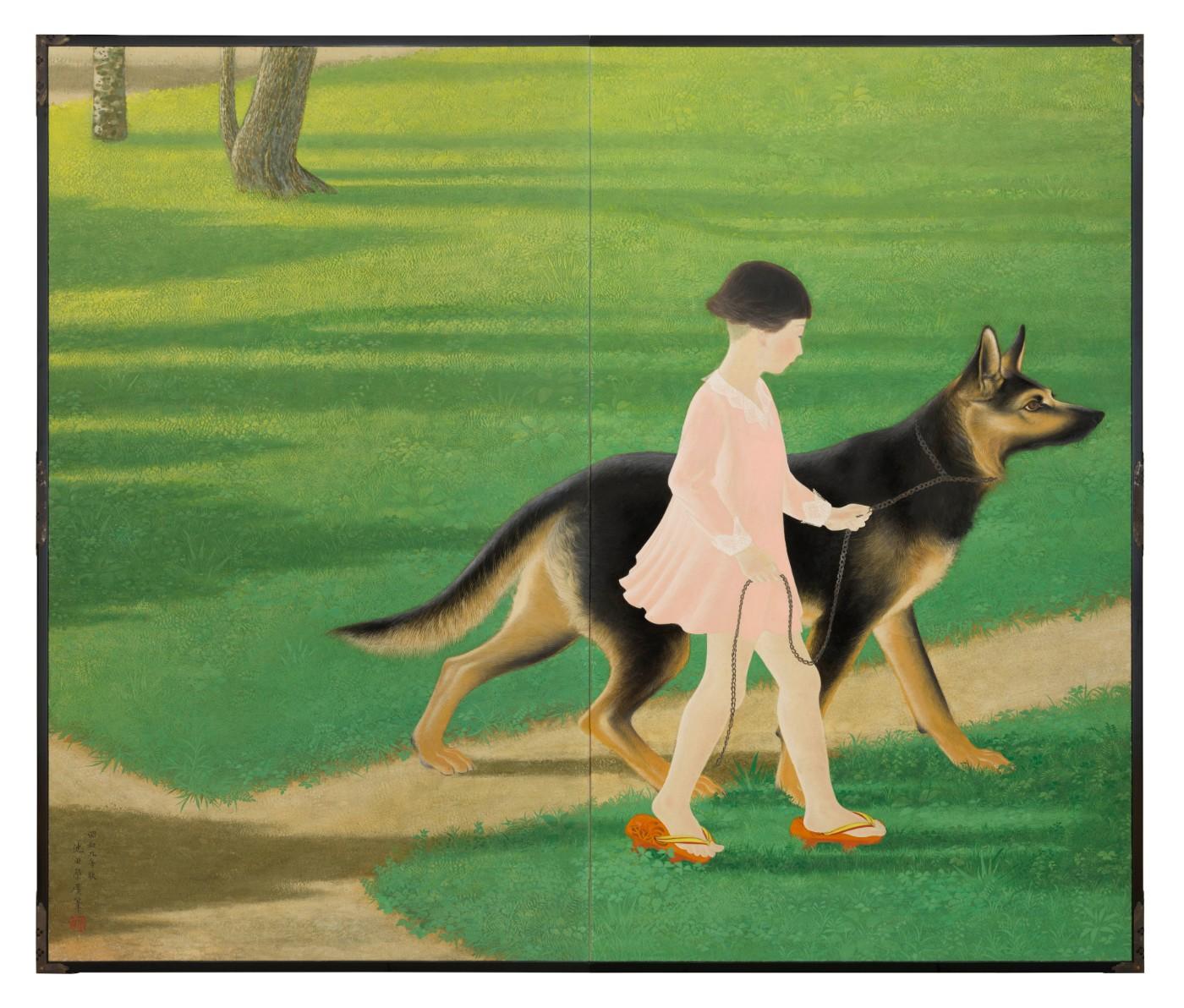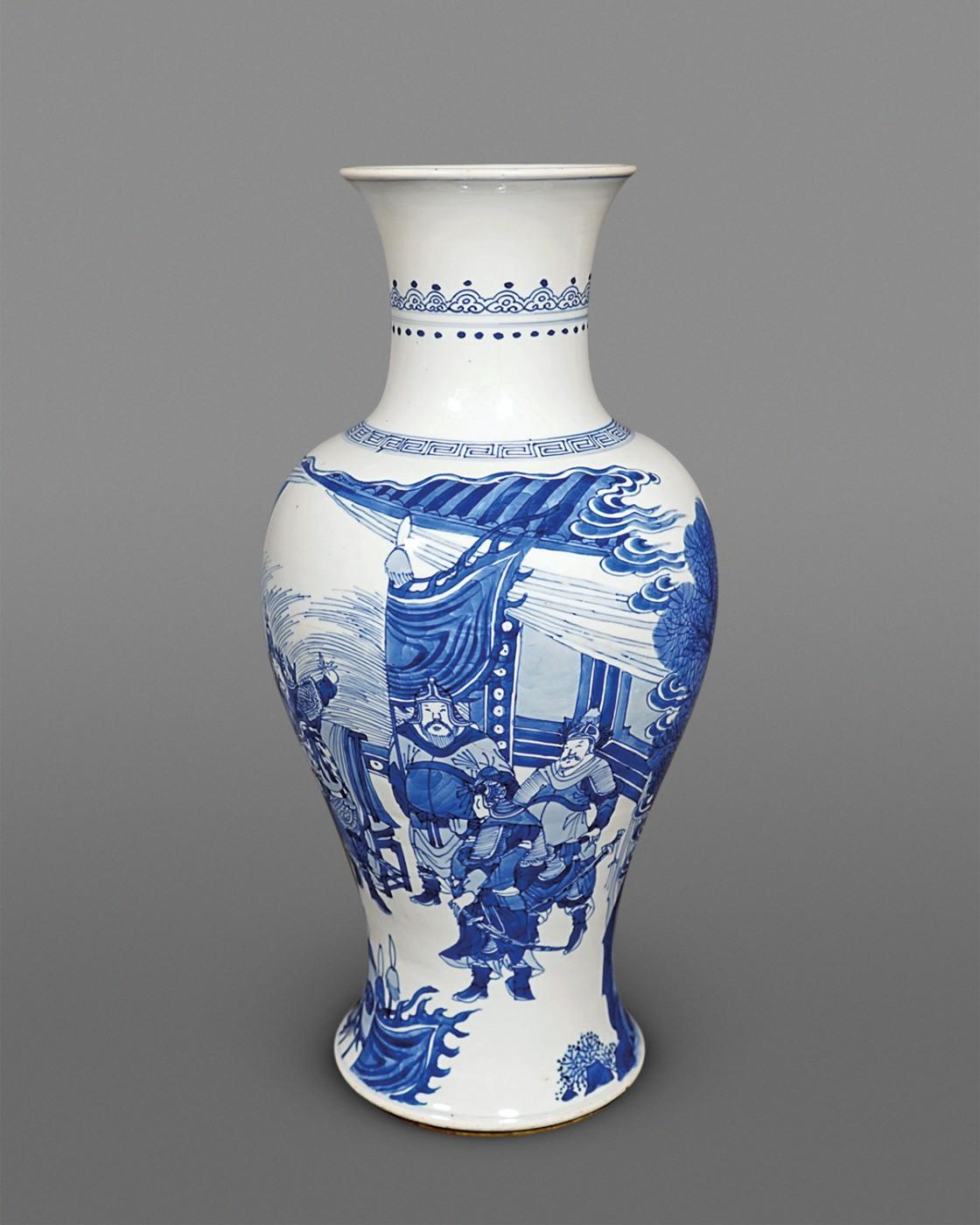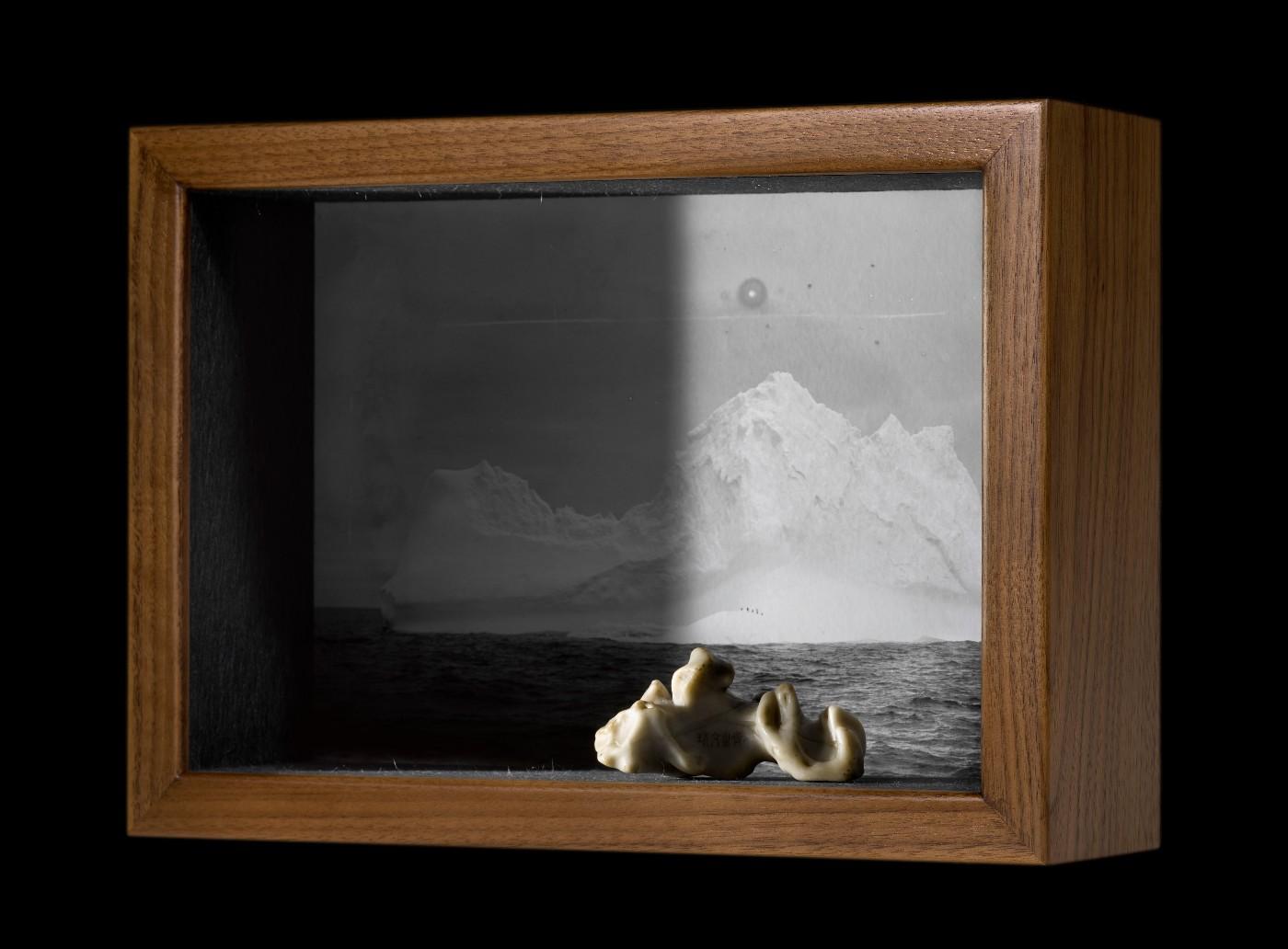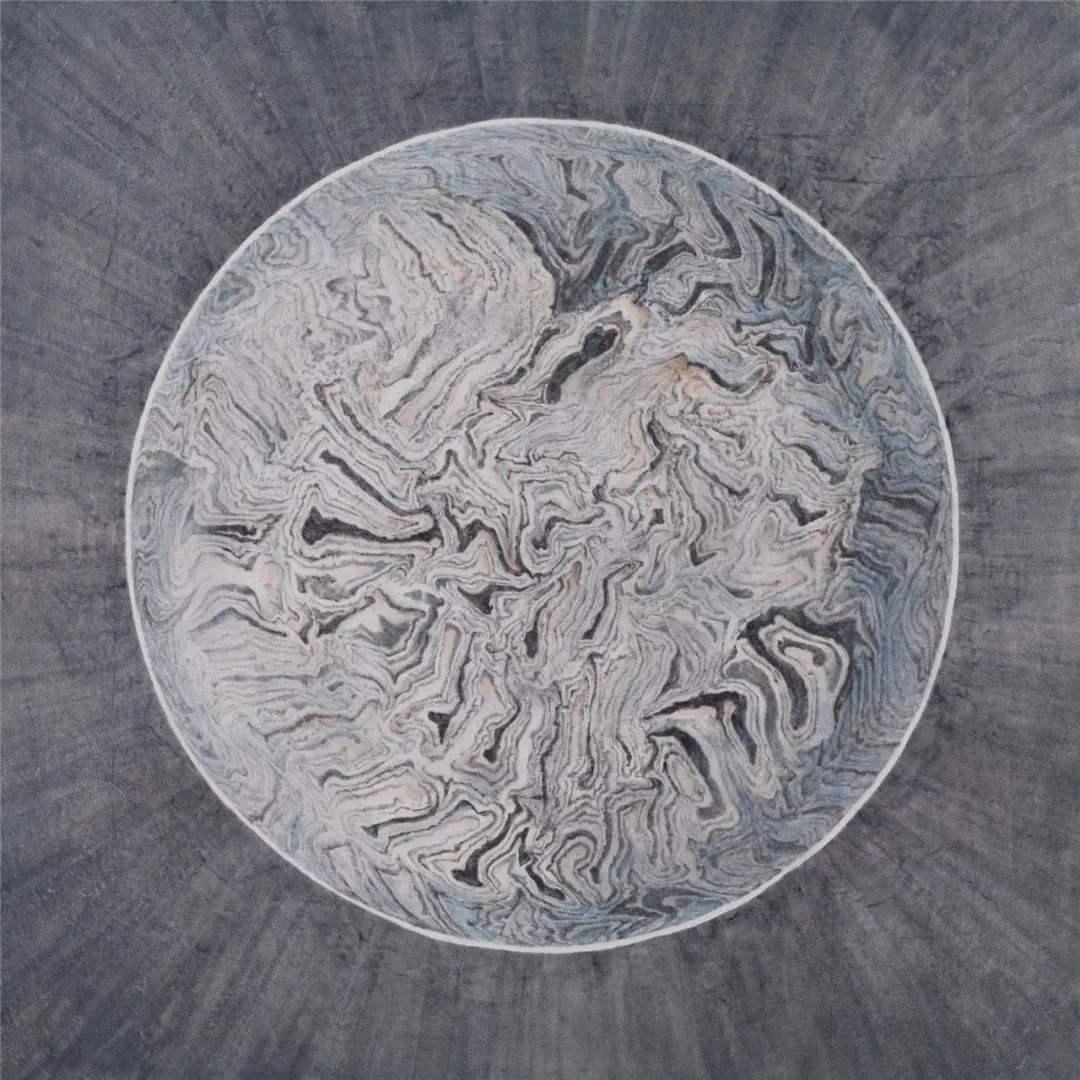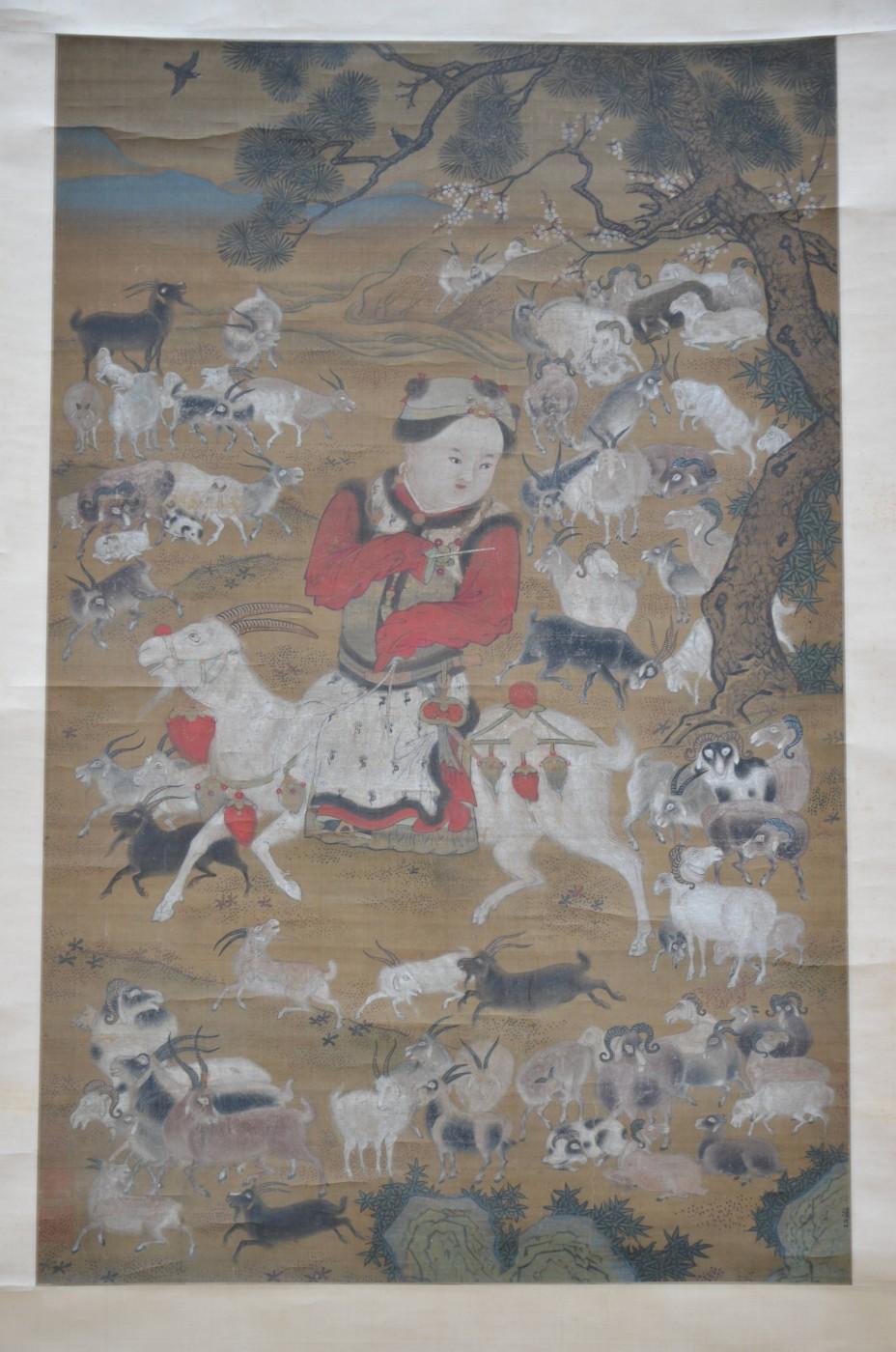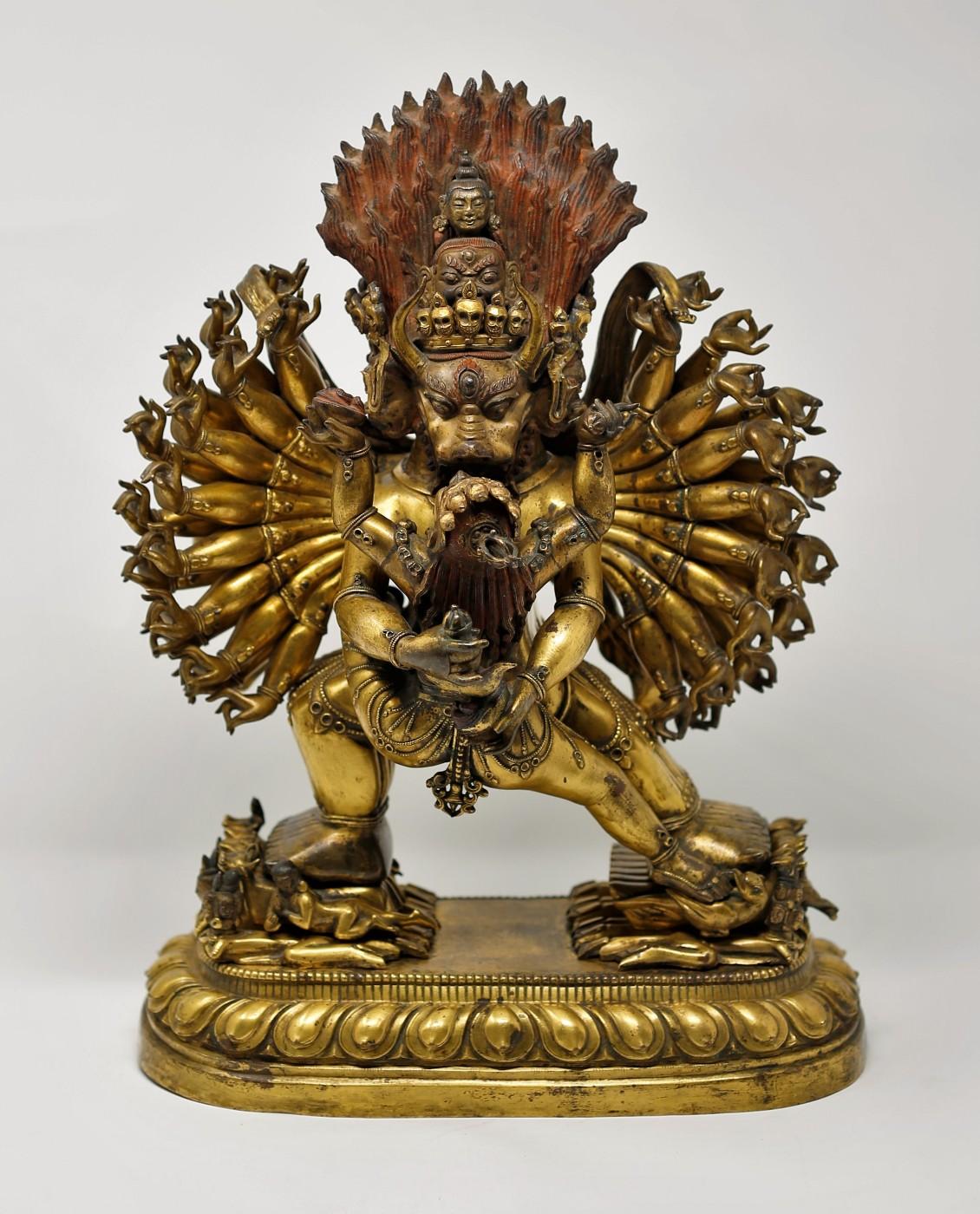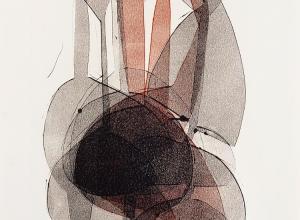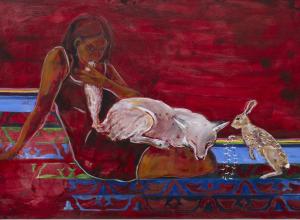World-renowned Asia Week New York celebrates a milestone when the curtain goes up on March 13th for its 10 days of whirlwind activities. It also marks the occasion’s 10th anniversary. For a decade now, Asia Week New York has commanded a role as the most influential Asian art market event in North America.
“Asia Week New York has lots of reasons to kick up its heels—and so much to be proud of,” notes Asia Week Chair Christina Prescott-Walker, Senior Vice President, Division Director Asian Art and Decorative Arts at Sotheby’s. “Asia Week New York is without a doubt firmly established as a must-attend destination for curators and discerning private collectors alike. And the global response just keeps building and building year after year, which is thrilling!”
This year, 48 international galleries, 6 auction houses and 16 cultural institutions will be part of Asia Week New York’s 10 full days of nonstop open galleries, auction sales, lectures and exhibitions. Underlining the importance of Asia Week is the committed attendance by so many curators from the nation’s most prestigious museums. Among those revered institutions that have already purchased works of art from Asia Week New York galleries are: Chazen Museum of Art, Cleveland Museum of Art, Metropolitan Museum of Art, Museum of Fine Arts Boston, Museum of Fine Arts Houston, Asian Art Museum, Virginia Museum of Fine Arts, Minneapolis Museum of Fine Arts, Ringling Museum, Indianapolis Museum, Dallas Museum, Nelson-Atkins Museum, New Orleans Museum of Art, Newark Museum, Portland Art Museum, Spencer Museum of Art, Brooklyn Museum, Freer Gallery of Art, Baltimore Museum of Art, Portland Art Museum, St. Louis Museum of Art, University of Utah, Norton Museum, Oberlin Museum, Philadelphia Museum of Art, Harvard University Art Museum, Art Institute of Chicago, Princeton University Art Museum, H.J. Johnson Museum of Art in Ithaca, Birmingham Museum of Art, and the Herbert F. Johnson Museum at Cornell University.
Prescott-Walker also revealed that a private ceremony will take place prior to the annual reception Asia Week New York co-hosts with The Metropolitan Museum of Art, where they will honor ten distinguished professionals from museums and galleries, as well as collectors, each of whom, have advanced Asian art in North America. The honorees include Diane and Arthur Abbey, Dr. Julia and John Curtis, Lillie and Ned Johnson, Maxwell “Mike” D. Hearn, James Lally, Soyoung Lee, Stephen Little, Joan B. Mirviss, Amy Poster, and Shelley and Donald Rubin.
Of course, the big draw to Asia Week New York are the numerous eye-alluring exhibitions—always free and open to the public—featuring the rarest and finest examples of Asian porcelain, jewelry, textiles, paintings, ceramics, sculpture, bronzes, prints, photographs and jades from every quarter of and period in Asia. Here are some of the spectacular highlights to be found at the participating galleries.
CHINESE ART, ANCIENT THROUGH CONTEMPORARY




